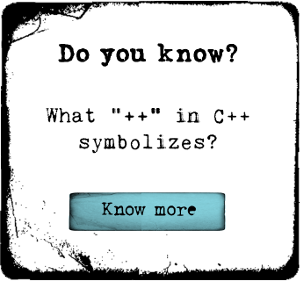Spring Basics

Treehouse
Course Summary
Spring (http://spring.io) provides a plethora of widely-used development tools for Java programmers, one of which is a library for creating interactive web applications. In this course we'll begin to leverage the power of the Spring Framework to configure and write a fully-functioning Java web application.
-
+
Course Description
About this Course Spring provides a plethora of widely-used development tools for Java programmers, one of which is a library for creating interactive web applications. In this course we'll begin to leverage the power of the Spring Framework to configure and write a fully-functioning Java web application. What you'll learn
- Spring Framework
- Gradle
- Spring Tool Suite
- Thymeleaf
- Model View Controller (MVC)
About the Teacher
On the side I run a nonprofit organization that takes teenagers to developing countries to volunteer during the summer. I enjoy running and yoga, especially outdoors in the beautiful Chicago summer weather.
-
+
Course Syllabus
Introduction and Setting up Our Development Tools
During this stage we'll get our local development environment setup with IntelliJ, and we'll also discuss the use of Gradle as a dependency management tool. 9 steps- Introduction to the Spring Framework 3:46
- Intro to Java Web Apps 2 questions
- Installing IntelliJ IDEA 0:55
- Libraries as JARs 2:51
- Third-Party Libraries in Java 2 questions
- Overview of Gradle to Manage Dependencies 4:48
- Intro to Gradle 1 question
- Gradle in Action 4:27
- Using Gradle 2 questions
Spring Components and Configuring Our App
The Spring Framework contains a variety of components that help us develop powerful web applications. During this stage, you'll see an overview of the most important components we'll leverage. We finish the stage by adding a configuration file to our Spring app, and deploying our application. 7 stepsCreating Controllers and Views
In order to serve HTML to the browsers that are making requests to our app, we'll create Spring controllers and Thymeleaf views. Combined with static assets such as CSS, images, and fonts, we can create a beautiful presentation in the browser. 9 stepsModeling, Storing, and Presenting Data
The purpose of creating a web application is to present data to your users in an engaging way. Now that we've discussed this presentation and how to serve HTML using Thymeleaf, we move to the underlying data. During this stage we'll write the classes necessary to store our GIF data and fetch it when needed. Then, we'll take that data and feed it to our Thymeleaf templates for display. 10 stepsUsing the MVC Architecture
In this final stage, we take a step back from our application to consider how we've organized our classes. In particular, we look at the Model-View-Controller (MVC) pattern, and how it helps us nicely organize the functionality of our app. It turns out, we've been using MVC all along. You'll conclude the course by writing another set of models, views, and controllers, to enhance the functionality of Giflib. 11 steps





